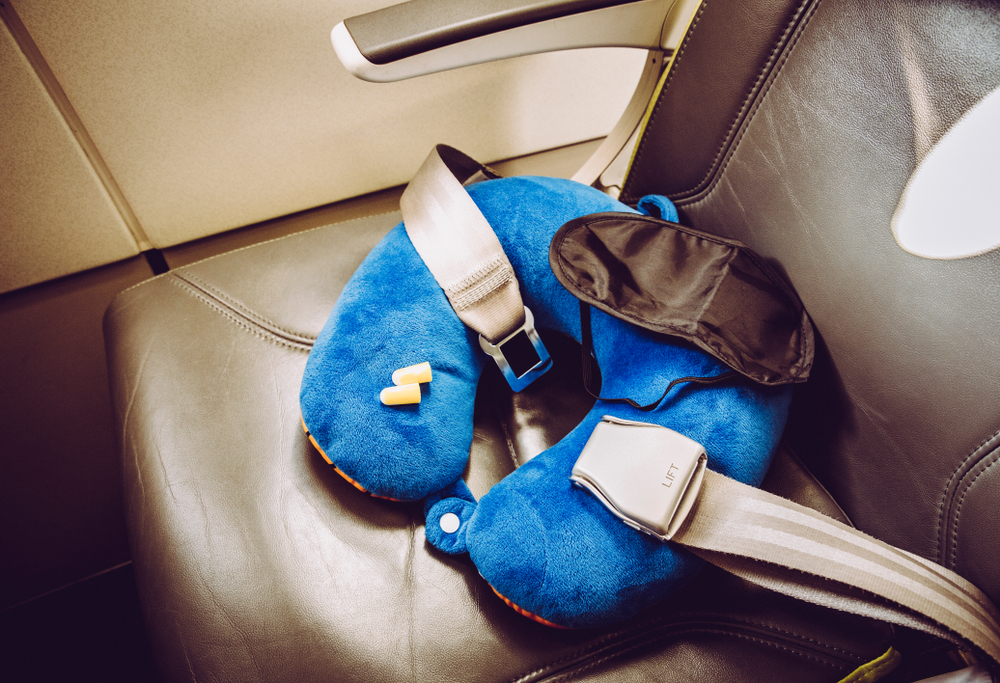Tips and Tricks for Better In-Flight Rest
Falling asleep on a plane is anything but easy. Between cramped quarters, engine noise, and the constant activity around you, getting true rest at 35,000 feet can feel nearly impossible. Still, with a bit of preparation and a few strategic choices, it is possible to arrive at your destination feeling a little more refreshed and a lot less frazzled.
Why Plane Sleep is Plane Hard
Airplane cabins present some unique challenges to sleep. Reduced oxygen levels at high altitude can lead to lighter, more fragmented sleep. Dry cabin air often causes dehydration and discomfort, while the hum of engines, flickering lights, and in-flight commotion only add to the difficulty. Understanding these hurdles is the first step toward overcoming them.
A Good Seat for Better Sleep
If sleep is your goal, where you sit on a plane matters more than you might think. A window seat gives you a place to lean, lets you control the light exposure, and keeps you undisturbed by seatmates needing to get up. Try to avoid spots near restrooms or galleys because these are areas that tend to stay active and noisy throughout the flight. While exit rows may seem appealing for the legroom, they often come with downsides like fixed armrests or limited recline.
Travel-Ready Sleep Tools
Comfort doesn’t always come easy or cheaply on a plane but packing the right essentials can significantly improve your chances of getting real rest. A supportive neck pillow that keeps your head upright and aligned can prevent midair neck strain. A pair of noise-canceling headphones or earplugs helps tune out the din, while an eye mask can block out any unwelcome light. Add a light blanket or oversized scarf (ideal for temperature shifts), a good moisturizer, and perhaps some compression socks for longer flights, and you’ve got a sleep kit built for the sky.
Easing into Sleep Mode
Once you are settled in your seat and ready for sleep, the next step is to try creating a mini version of your regular nighttime routine. Skip the in-flight wine and opt for water to stay hydrated. Take a few deep breaths, use a sleep meditation app you’ve downloaded in advance, and settle in for some rest. If melatonin is part of your toolkit, take it about an hour before you'd like to fall asleep—but only if it’s something your body’s already familiar with.
Even if deep sleep doesn’t come easily, giving yourself a chance to rest with your eyes closed and your body still can help ease the fatigue of travel.
Sleep Strategy and Flight Time
Not all flights call for the same sleep strategy. For shorter domestic trips, staying awake might be the better option, but for red-eyes or long-haul international flights, even 90 minutes of sleep (a full sleep cycle) can make a big difference. Timing your rest to match the schedule of your destination can also go a long way in easing jet lag.
With a little planning and a few thoughtful adjustments, it's entirely possible to rest more comfortably in the air. The next time you fly, think of it not as a challenge to endure, but as an opportunity to fine-tune your in-flight sleep strategy. Your body (and your jet-lagged future self) will thank you.
